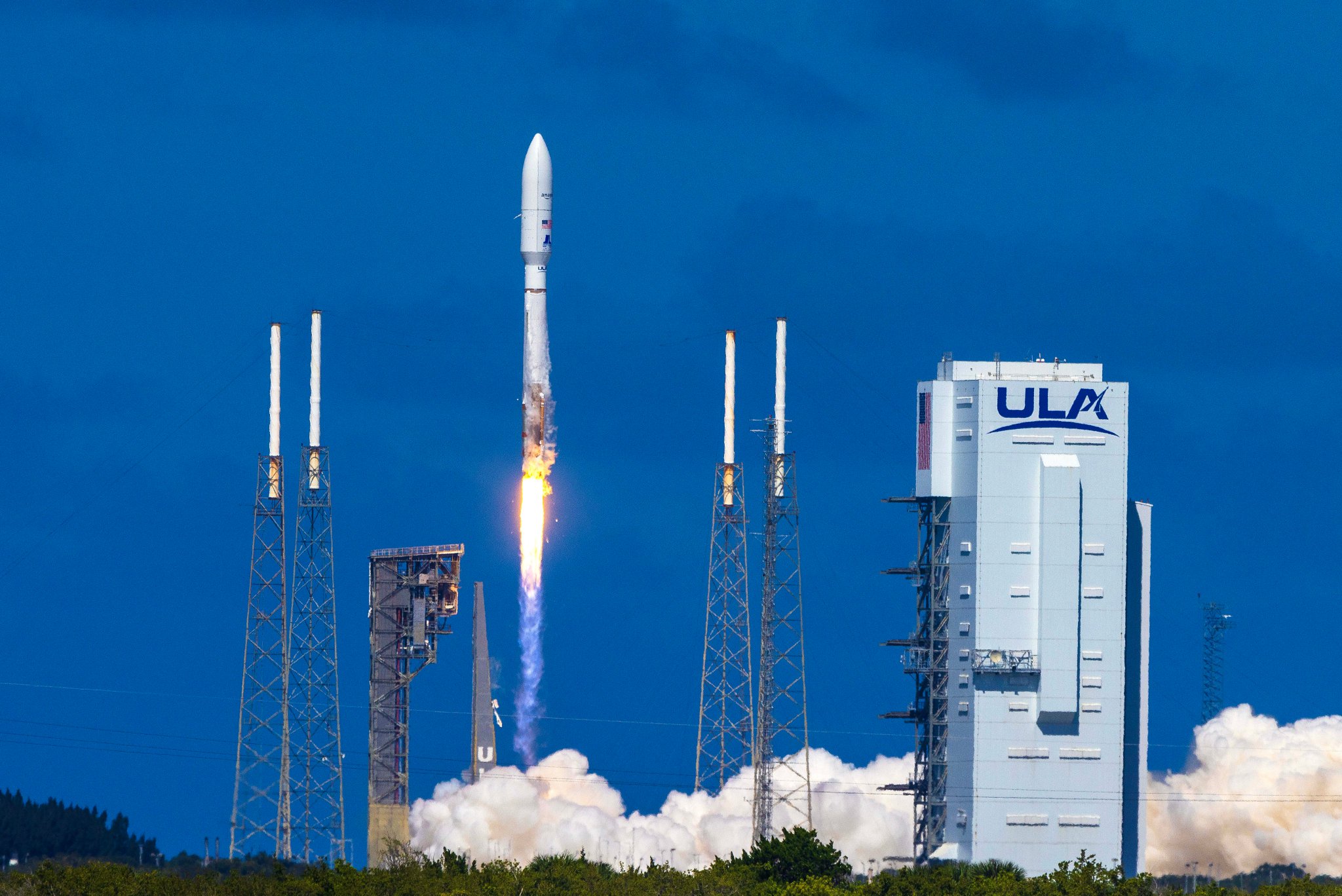The first two satellite prototypes of Amazon’s new connectivity constellation have been in orbit since Friday. An important step for technological tests, while delays accumulate on both sides, to produce the satellites and to send them into orbit. The competition is well established…
Ultimately, the Kuiper constellation should include 3,236 connectivity satellites, but all the simulations are not enough, the hardware must be tested in real conditions. Thus, Amazon has been producing prototype satellites for several months now, but they still had to be transported to space! In one year, they changed rockets twice: RS1 from ABL Space Systems, then Vulcan from United Launch Alliance and finally Atlas V, to take off and quickly reach low orbit. This is because Amazon needs to validate its technologies before ordering satellites in mass production and offering its internet connectivity services.
Two satellites are not enough
The two satellites (KuiperSat-1 and KuiperSat-2) therefore took off with an Atlas V rocket this October 6 at 8:06 p.m. from Florida. The launcher, faithful to its reputation for extreme reliability, took them to an altitude of 500 km in around 18 minutes, even if the end of the operation took place far from the media coverage. Amazon has in fact locked down its communication, by not publishing any images of its two orbital units, so we do not know their shape, size or mass.
We know, however, that Atlas V is a very powerful launcher for only two small satellites, so there was a lot of wasted performance. So much so that when KuiperSat-1 and 2 were ejected, the Centaur upper stage restarted its engine to carry out a test and it has now left the Earth’s sphere of influence, to orbit (like a near-Earth asteroid) around the Sun.
Two satellites, for lack of anything better?
The first two KuiperSats are not particularly representative of the following ones, which will be sent into orbit in clusters, and for which Amazon has ordered no less than 82 takeoffs from United Launch Alliance, Arianespace and Blue Origin. Problem is, the ordered launchers are not there and will not be available, for the majority of them, in 2024. The prototypes will therefore test the performance of the antennas, the effective visibility, the data transfer rates, the login app, etc. So many tools which, once the real satellites are in orbit, must be available quickly.
This is, in fact, the problem for Amazon, which plans to compete with Starlink: SpaceX’s connectivity network is already in orbit and has been operating for several years. It has at least 2 million customers, and relies on more than 5,243 satellites already sent into orbit (including 21 this Monday, October 9). Starlink is also in its second generation of satellites, larger, more powerful and efficient, while OneWeb, which will also be a competitor of Amazon, has also consolidated its position recently by coming under the control of the French communications giant by Eutelsat satellite.
Source : SpaceNews

3